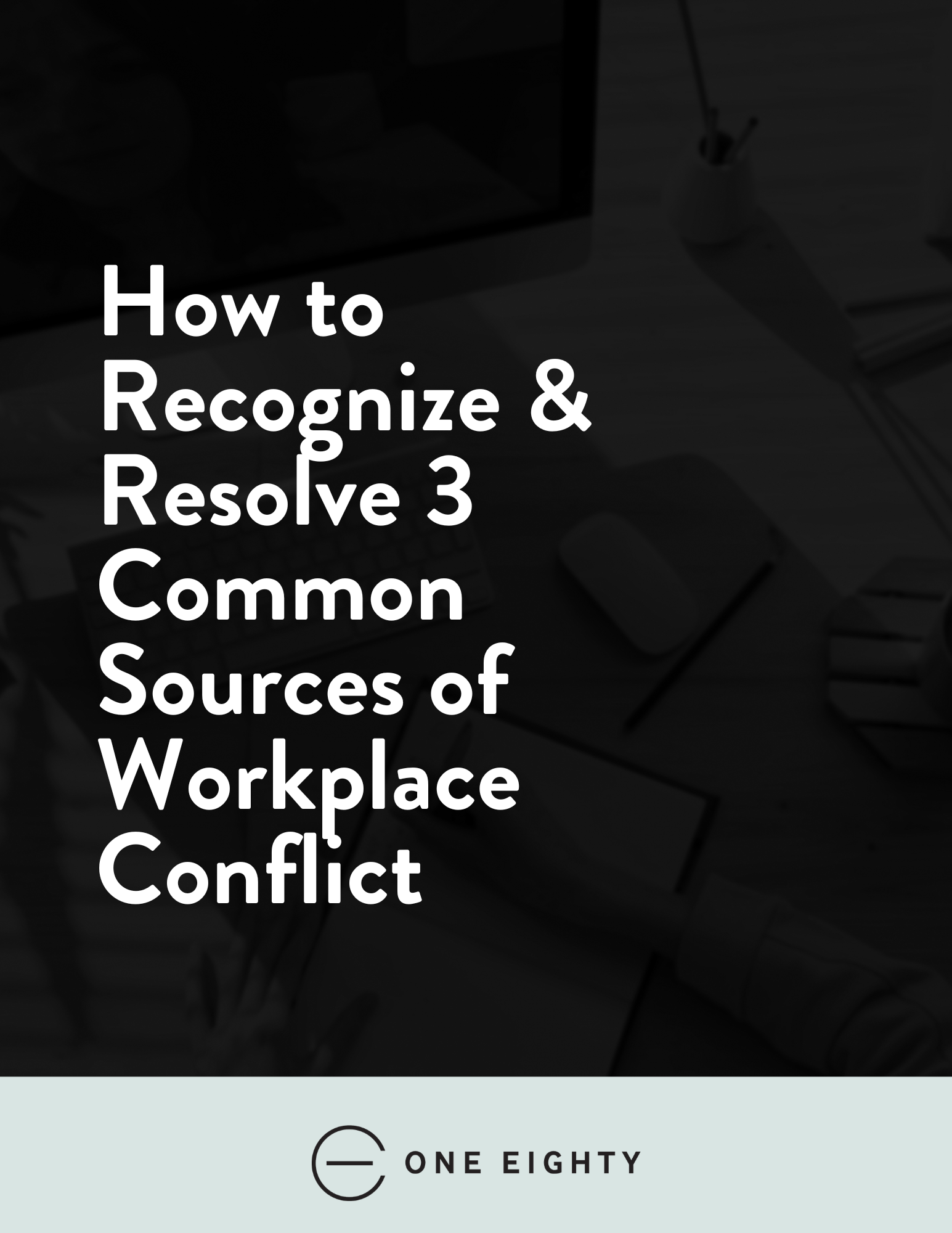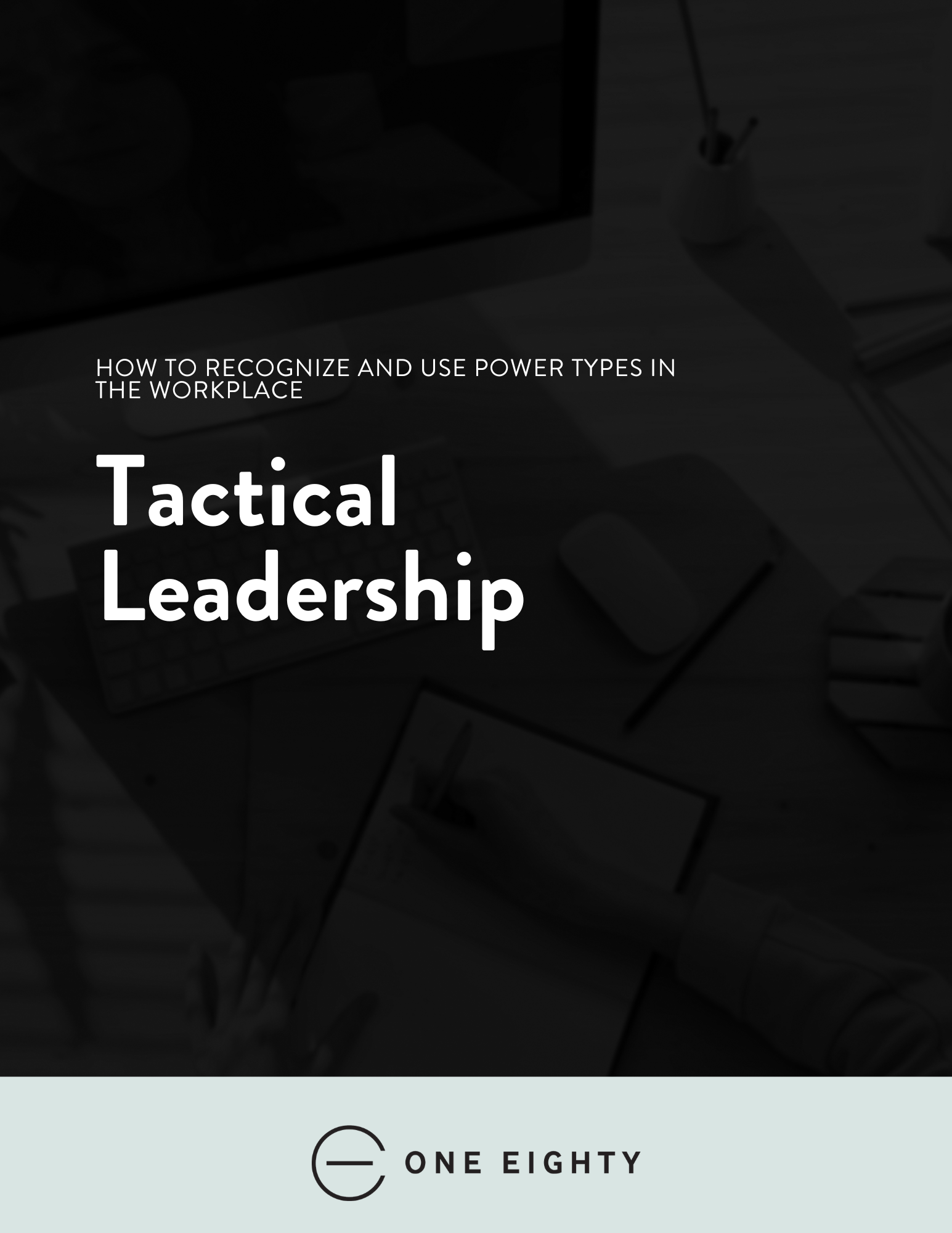The term quiet quitting gives the impression of a passive-aggressive middle finger to overbearing leadership and overtime hours. It’s being called the rebellion of the lazy and accused of meaning starting the workday at 10:00 a.m., leaving at 3:00 p.m., and including an hour of lunch with four 20-minute breaks. To whoever believes this definition, we strongly recommend digging deeper into the concept of quiet quitting rather than the trendy phenomenon making it popular.
Read MoreMany of us were taught through behaviors modeled - perhaps by our parents, family members, bosses, and/or leaders - that being agreeable is important – especially at work. Get along with your colleagues. Download and learn more.
T
Read MoreFrom a purely literal perspective, the phrase, “let’s agree to disagree” sounds fine. It implies that although two ideologies are very different, those who subscribe to them can still coexist. Download and learn more.
Read MoreIn the ever-adapting world of hybrid work, it’ll take longer for team dynamics to develop remotely, especially for new employees. Here are some ways to generate and maintain strong, healthy team dynamics from wherever you get your work done. Download and learn more.
Read MoreYou know there’s conflict at work. You can feel the tension in the air. But you have absolutely no idea what to do about it. Download and learn more.
Read MoreIf you’re a manager or leader in the workplace, your team probably knows all about your management style, team values, and work preferences. You may even communicate all these things regularly, so team members know exactly when to come to you for help. If so, good job. But remember: it’s also up to you to provide the right kind of help, and sometimes it can be hard to determine if what you’re doing is actually—well, helpful.
Read MoreAwkward moments are just a part of life. Like death and taxes, we all experience them. Some of the most common awkward moments happen in public, at work. There are tips and tricks you can use to minimize and endure your awkward moments. With that in mind, here are 4 ways to cope with some common awkward workplace moments.
Read MoreWe’ve outlined the 4 phases of mediation and what you can expect during each as you navigate conflict management and team communication in your organization. Download and learn more.
Read MoreIn a small business, unresolved conflict could mean the difference between staying open or closing your doors for good. You may have amazing leadership skills, but it’s not always appropriate for leadership to resolve conflict in the workplace. Sometimes, it’s best to ask for help.
Read MoreWhen faced with conflict, the average person is prone to one of a few emotionally-grounded reactions: ignore it and move on, dig in and self-preserve, or decide it’s time to move out from the situation. Download and learn more.
Read MoreIt’s inevitable: friction and tension will occur amongst leadership teams. And when you don’t have a conflict management process or communication plan in place when emotions and stress run high, it can lead to additional blow-ups and eventually a breakup.
So, BEFORE you disagree, come up with a plan for how you are going to do it.
Read MoreAssumptions create a false sense of confidence which is detrimental to deescalation and are often a root of conflict themselves.
When we take the time to share our work and communication preferences, priorities, and styles up-front, we create an opportunity for understanding.
Read MoreRegardless of your role in an organization, every employee has a unique relationship with their own power and that of others. Download and learn more.
Read MoreWhile many of us apologize habitually for minor reasons (or no reason at all!), genuine apologies come from recognizing a harm that’s been done and working to repair it. That’s where the hard part comes in: an apology requires both parties to be truly vulnerable by addressing fault.
Read More



















